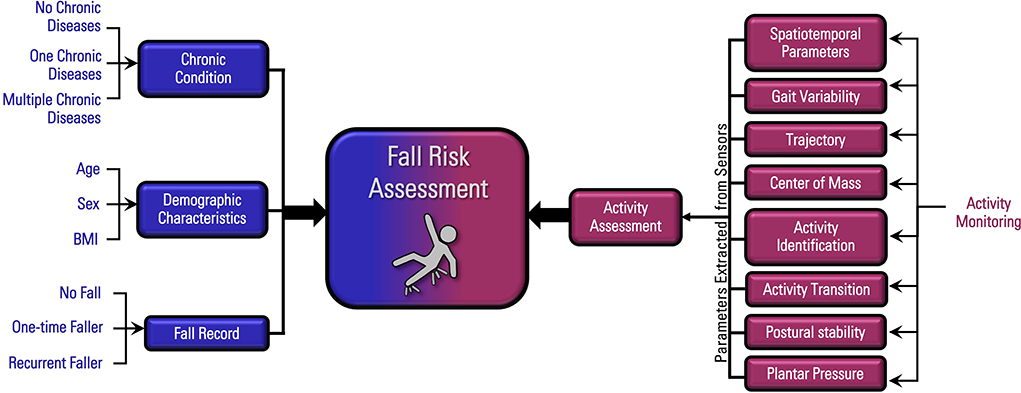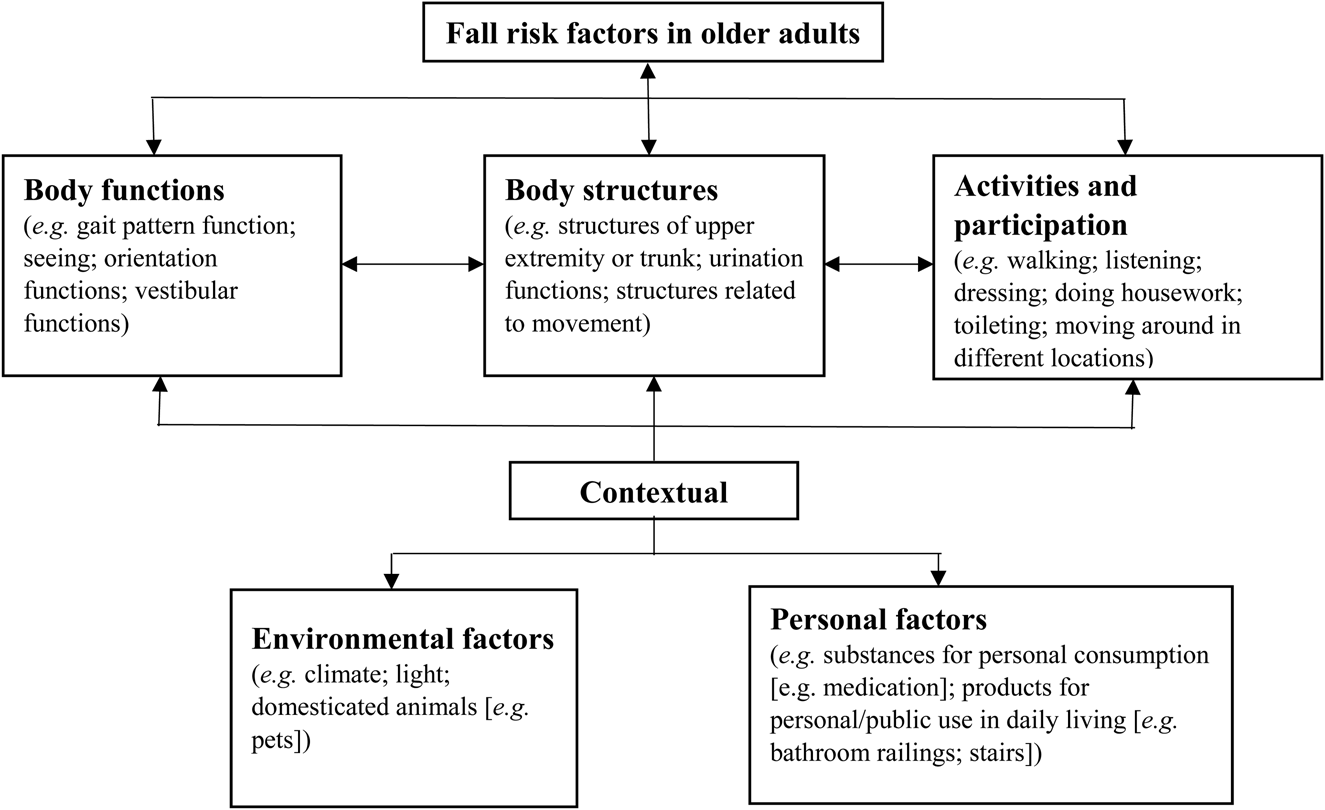The smart Trick of Dementia Fall Risk That Nobody is Talking About
Some Known Facts About Dementia Fall Risk.
Table of ContentsExamine This Report on Dementia Fall RiskAn Unbiased View of Dementia Fall RiskHow Dementia Fall Risk can Save You Time, Stress, and Money.The Dementia Fall Risk PDFs
An autumn danger evaluation checks to see exactly how most likely it is that you will fall. It is mainly provided for older adults. The evaluation generally includes: This consists of a series of concerns about your overall health and if you've had previous drops or issues with balance, standing, and/or strolling. These tools examine your strength, equilibrium, and stride (the means you stroll).STEADI consists of testing, assessing, and intervention. Treatments are suggestions that might reduce your threat of falling. STEADI includes 3 actions: you for your threat of succumbing to your risk aspects that can be enhanced to attempt to stop drops (as an example, balance problems, impaired vision) to reduce your risk of dropping by making use of efficient strategies (as an example, offering education and sources), you may be asked several questions consisting of: Have you dropped in the past year? Do you feel unsteady when standing or strolling? Are you bothered with dropping?, your supplier will examine your stamina, equilibrium, and gait, making use of the following autumn analysis tools: This test checks your stride.
If it takes you 12 seconds or even more, it might indicate you are at greater danger for a loss. This examination checks toughness and balance.
Relocate one foot midway forward, so the instep is touching the big toe of your various other foot. Move one foot completely in front of the other, so the toes are touching the heel of your other foot.
The Ultimate Guide To Dementia Fall Risk
Many falls happen as an outcome of numerous contributing variables; consequently, handling the danger of dropping begins with determining the aspects that add to fall danger - Dementia Fall Risk. A few of the most pertinent threat factors include: Background of previous fallsChronic medical conditionsAcute illnessImpaired gait and balance, reduced extremity weaknessCognitive impairmentChanges in visionCertain high-risk drugs and polypharmacyEnvironmental aspects can also raise the threat for drops, including: Poor lightingUneven or damaged flooringWet or slippery floorsMissing or damaged handrails and grab barsDamaged or improperly equipped devices, such as beds, mobility devices, or walkersImproper usage of assistive devicesInadequate guidance of the individuals living in the NF, consisting of those who exhibit hostile behaviorsA successful fall danger monitoring program requires a comprehensive clinical evaluation, with input from all participants of the interdisciplinary team

The treatment strategy need to likewise consist of treatments that are system-based, such as those that promote a safe atmosphere (appropriate lighting, handrails, get hold of bars, etc). The effectiveness of the interventions must be reviewed occasionally, and the treatment plan changed as needed to show modifications in the loss threat assessment. Implementing a fall risk management system using evidence-based ideal practice can decrease the prevalence of drops in the NF, while limiting the possibility for fall-related injuries.
Some Of Dementia Fall Risk
The AGS/BGS standard advises screening all grownups matured 65 years and older for loss danger yearly. This testing contains asking individuals whether they have fallen 2 or more times in the past year or looked for clinical attention for a loss, or, if they have not click site fallen, whether they really feel unsteady when strolling.
Individuals that have actually dropped once without injury must have their equilibrium and gait examined; those with stride or balance problems must obtain additional evaluation. A background of 1 loss without injury and without gait or balance troubles does not warrant additional analysis beyond ongoing annual fall risk testing. Dementia Fall Risk. A loss risk evaluation is required as component of the Welcome to Medicare examination

See This Report about Dementia Fall Risk
Recording a drops background is one of the quality indicators for loss prevention and management. Psychoactive drugs in specific are independent forecasters of falls.
Postural hypotension can usually be minimized by lowering the dose of blood pressurelowering medications and/or quiting medicines that have orthostatic hypotension as an adverse effects. Usage of above-the-knee assistance pipe and resting with the head of the bed boosted might likewise reduce postural decreases in blood pressure. The recommended elements of a fall-focused physical exam are displayed in Box 1.

A Yank time higher than or equivalent to 12 secs recommends high autumn danger. Being incapable to stand up from a chair of knee height without utilizing one's arms suggests boosted autumn threat.